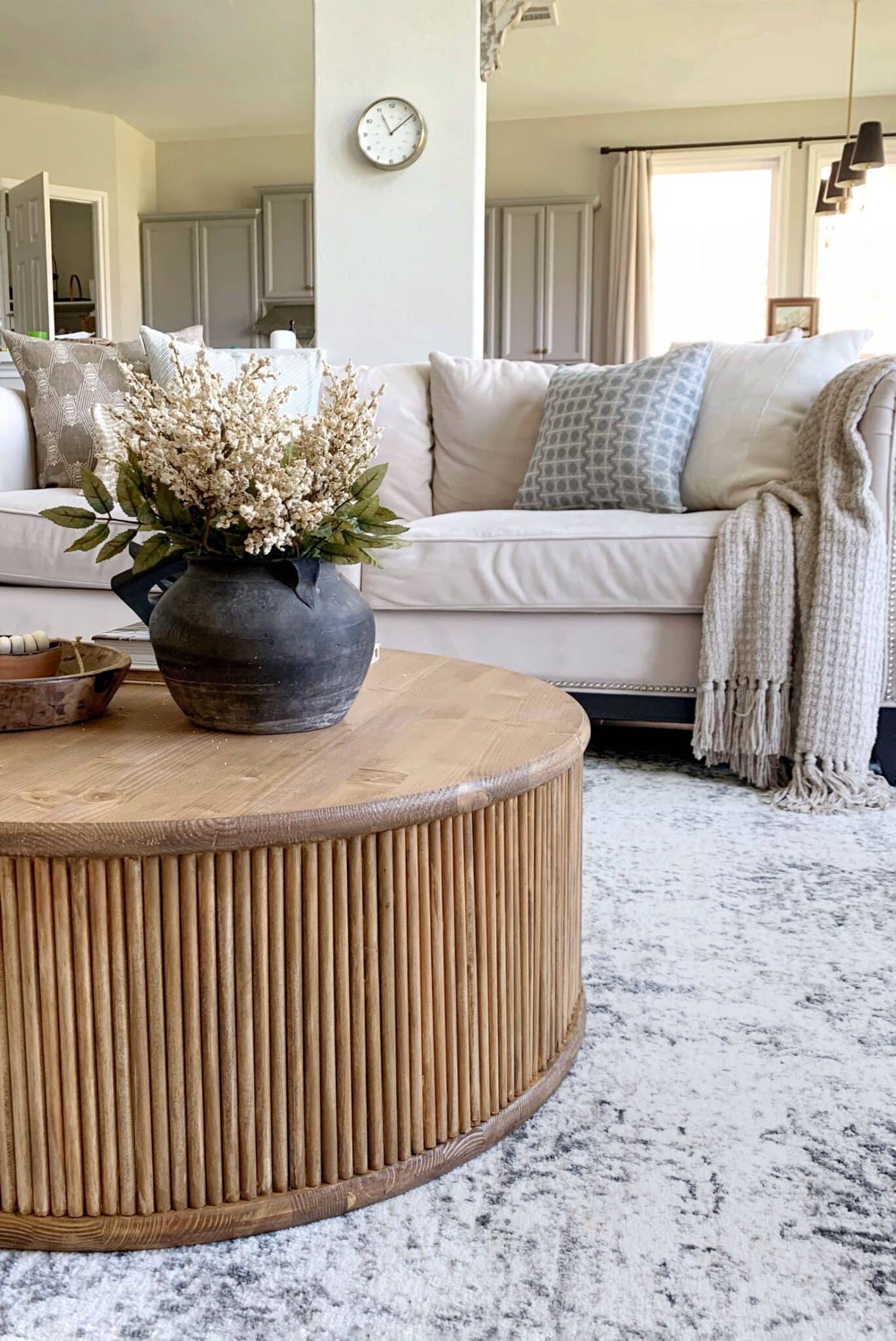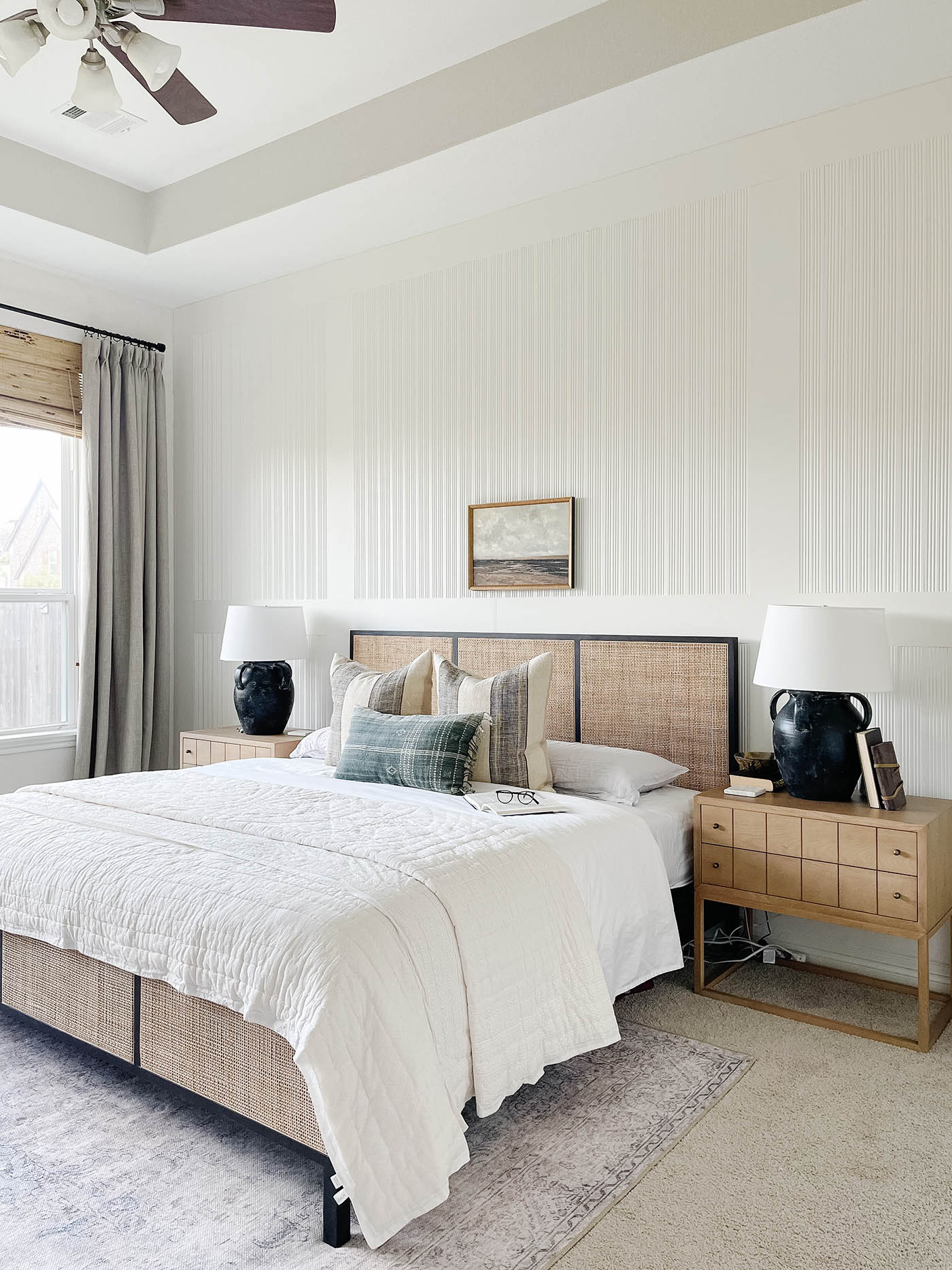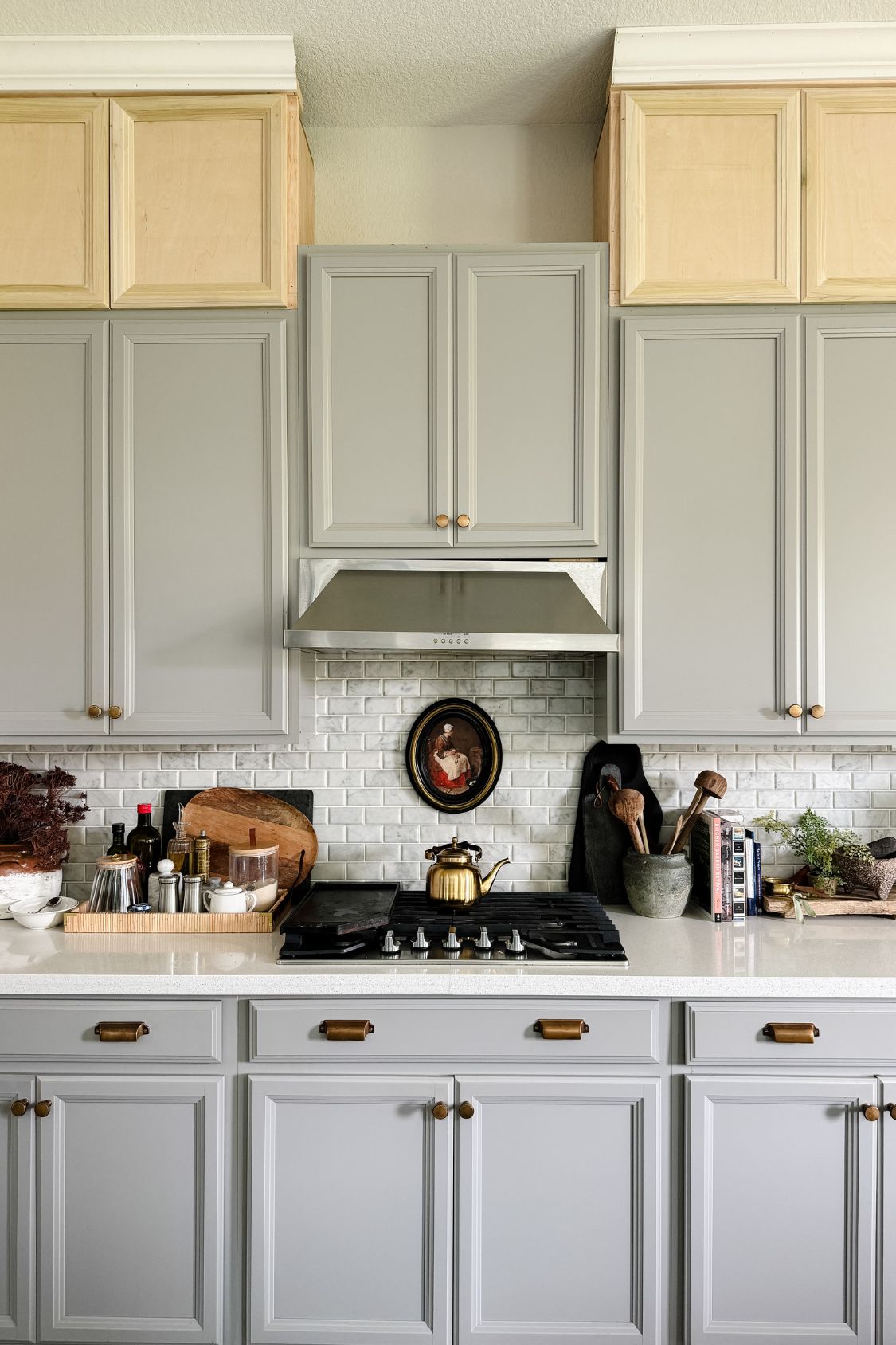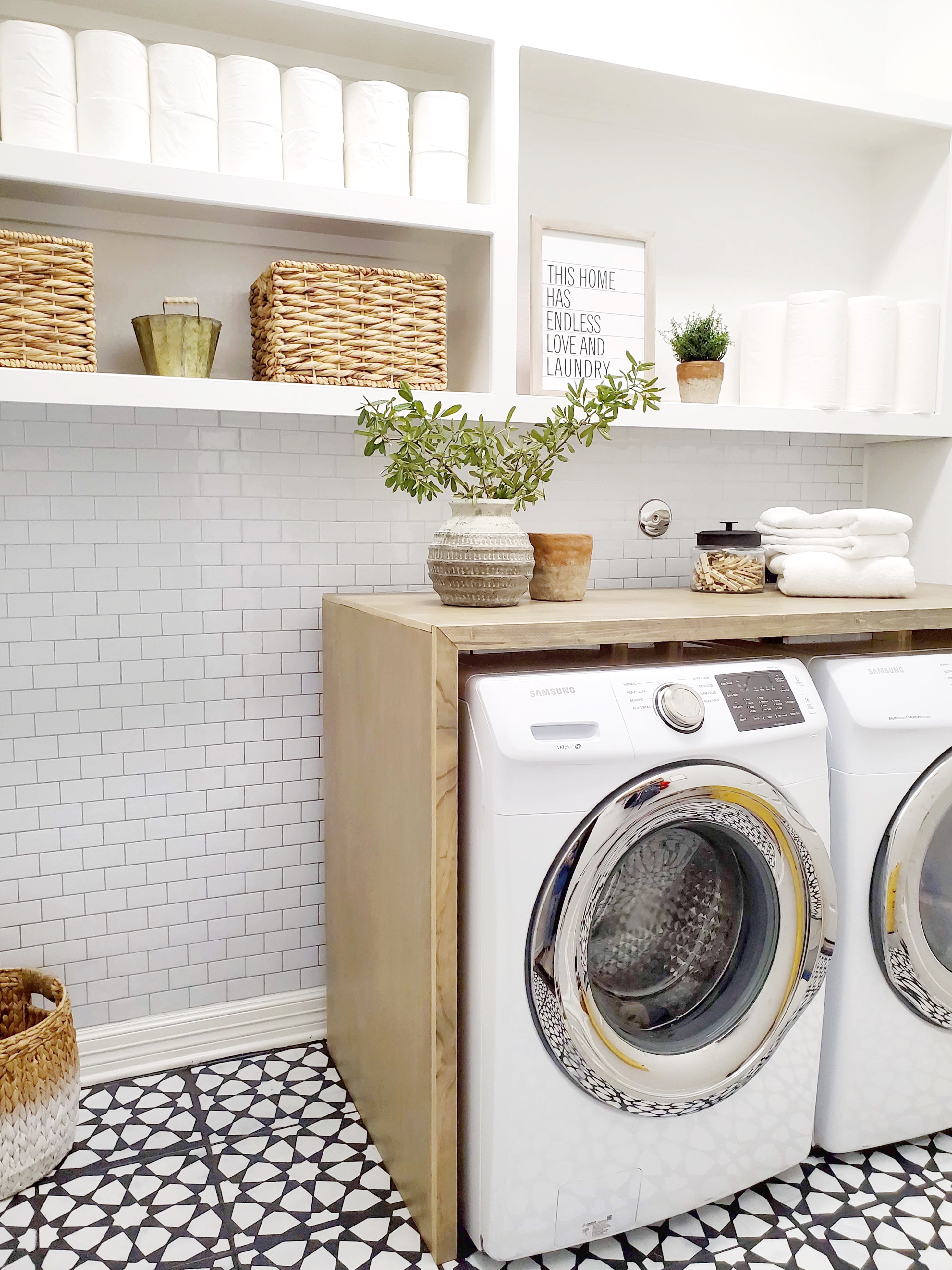How to Design Your Own Gallery Wall – Easy Way
Gallery walls are one of the most timeless ways to make a personal design statement in your home. From custom frames to art prints that tell your story, learning how to design your own gallery wall is a great way to transform a blank wall into an intentional, curated space.
Whether you’re tackling a living room, bathroom, or a hallway, the goal is the same: build a focal point that reflects your unique style with a layout that feels both cohesive and creative.
This guide breaks down how to design your own gallery wall step-by-step and includes styling suggestions for a minimalist gallery wall, answers to frequently asked questions, and the best gold frames to elevate your art.

How to Design Your Own Gallery Wall
Designing your own gallery wall is all about personalization and intention. While it may seem like just hanging a few art pieces, the process involves thoughtful planning, visual balance, and a dash of creativity.
Whether you’re styling your living room, hallway, or kitchen & bathroom, a successful gallery wall layout requires a mix of strategy and experimentation. Here’s how to break it down in detail:

Step 1: Find Your Starting Point
Choose one piece of art or a few favorite photos to anchor your layout. This could be your largest piece, a meaningful canvas print, or an original artwork. This will become the visual center of your gallery wall layout.
Step 2: Plan the Layout
Before putting any nails in the wall, plan your layout thoroughly. Use kraft paper or cut-outs of your frame dimensions to tape directly onto your wall. This will help you visualize spacing and allow for adjustments before you commit. Some prefer to design the layout on the floor first, especially when working with a mix of large pieces, round pieces, or dimensional pieces like sconces.
Remember, your layout should reflect your interior design style. A symmetrical grid offers a formal feel, while an asymmetrical layout can feel more casual and collected. This is where you can incorporate elements like decorative plates or wall mirrors to add variety and shape contrast.
Use a measuring tape to space frames evenly. Aim for 2–3 inches between each physical item. Don’t forget to consider furniture height, windows, and fixtures front doors hardware knobs that may impact layout choices in different rooms.
Use painter’s tape or paper templates to mock out the layout of your gallery wall directly on your wall or floor. Test different arrangements: a symmetrical grid, a casual collage, or a dynamic diagonal. Use a measuring tape to maintain equal spacing, about 2 to 3 inches is ideal.
Step 3: Mix Frame Styles and Sizes
When building a visually interesting wall, incorporating frame styles like simple frames, modern metal frames, and custom frames with custom mats gives dimension. Vary your sizes too—different sizes create movement and make sure your wall doesn’t feel too rigid.
Include at least one large frame or biggest piece to ground the arrangement. Mix in canvas prints, digital photos, and even store-bought frames for a layered, curated look that feels authentic and lived-in. If you’re showcasing white photography, use matching frames for consistency and contrast with color-rich prints.
Balance different sizes, orientations (vertical and horizontal), and frame styles. A mix of simple frames, black frames, and modern metal frames paired with custom mats offers contrast and structure. If you love a collected look, include dimensional pieces or decorative accents like wall mirrors or sculptural elements.
Step 4: Choose Art That Reflects Your Style
Your gallery wall look should align with your interior design style. Whether it’s bold art prints with color-saturated tones or soft black-and-white photos of progress, this is your opportunity to tell a story.
Select art that represents different moments, people, or travels. You can also include framed textiles, postcards, or decorative accents from professional organizers home stagers window contractors furniture stores that give your wall extra soul.
Think beyond flat prints and dimensional pieces like small sculptures or architectural fragments can add depth and personality. Consider a mix of art styles like art prints, canvas prints, white photography, and digital downloads.
This is also a great opportunity to include photos of progress, favorite memories, and meaningful artwork.
Step 5: Think About Color and Flow
Choosing a cohesive color palette will tie your wall together visually. This doesn’t mean every piece has to match, but a common hue repeated throughout will help each piece of art feel intentional. If you’re styling over sectionals, TV stands, kitchen, or dining bar stools, buffets, look at the surrounding room colors and pull complementary tones into your artwork.
Keep in mind how lighting, like outdoor lighting specialists or sconces, might change how your art is perceived depending on the time of day.
Use a consistent color palette or repeat colors and themes throughout your gallery. For example, warm tones in the living room or calming neutrals in the bathroom. Arrange your pieces so your eye travels easily across the wall.
Step 6: Hang at the Right Height
Aim to hang your gallery at eye level, especially the biggest piece or visual anchor. If placing it above a sofa or console, leave 6–8 inches between the furniture and the lowest frame.
Step 7: Use the Right Tools
A hanging kit with a level, nails, and anchors makes the process easier. Start with the center or largest piece, then work outward. Use a wooden photo ledge for an easy way to swap art in and out.

Minimalist Gallery Wall Suggestions
If your interior design style leans minimalist, a gallery wall can still work beautifully. Here’s how:
- Stick with a symmetrical grid layout using identical custom frames in a single color like black or light wood.
- Choose clean, high-contrast black and white photography or line drawings.
- Limit your color palette to two to three hues for cohesion.
- Include subtle decorative plates or round pieces to break up the grid.
- Follow the tips in this post on how to hang a gallery wall for the best step by step guide!

Gold Frames for the Perfect Gallery Wall
Pairing your art with the right gold frame is key for a polished look. Here are some top gold gallery wall frames to consider:
- Lemons Still Life in Vintage Gold Frame – Threshold 16×20
- Ornate Gold Frame with Deep Mat – Sage Shores I
- Dark Gold Beaded Frame with Classic Carvings – ArtToFrames 8×10
- Simple and Clean Ornate Gold Picture Frame – Craig Frames 11×14
- Classic Gold Certificate Frame – Threshold 11×14
- Bravado Antique Bronze Ornate Frame – Craig Frames 16×22
- Luxe Gilded Plein Aire Frame with Linen Liner – Creative Mark 5×7
- Thin Brass Gallery Frame – Studio McGee x Threshold 20×20
- Ornate Octagon Frame for Tabletop or Wall – SIKOO Vintage 5×7
- Pair of Ornate Frames with Real Glass – Splinterix 5×7 Set of 2
- Ornate Panoramic Gold Frame – Poster Palooza 30×10

FAQs About Designing a Gallery Wall
What’s the best layout for a gallery wall?
A symmetrical grid works best for minimalist or formal spaces, while a freestyle layout with a mix of various sizes suits a more collected look.
How many pieces should be in a gallery wall?
It depends on your wall space. A large wall can handle 8–10 pieces or more, while smaller areas may work best with 3–5 pieces.
Do I need all matching frames?
No! Mixing frame colors and frame types adds character. Keep one element consistent, like mat color or spacing, for unity.
How do I keep my gallery wall from looking cluttered?
Stick to a tight color palette, balance horizontal pieces with vertical, and space everything evenly (2–3 inches is best).
Where should I start when designing my own gallery wall?
Pick a starting point—like your biggest piece or most colorful artwork—and build around it.

Designing your own gallery wall is a simple way to make your space feel lived-in and personal. Whether you’re working with store-bought frames, custom framing, or mixing styles for a more eclectic look, the options are endless. Start with a piece you love, plan your layout thoughtfully, and use high-quality custom frames to give everything a professional finish.
Looking for more gallery wall inspiration? Check out these related posts:
Your new gallery wall awaits! Make sure to keep in mine both frame type and frame color when designing your own gallery wall. The overall look should create a whole experience. It is ultimately an easy process when you start with the right guide under your belt!











